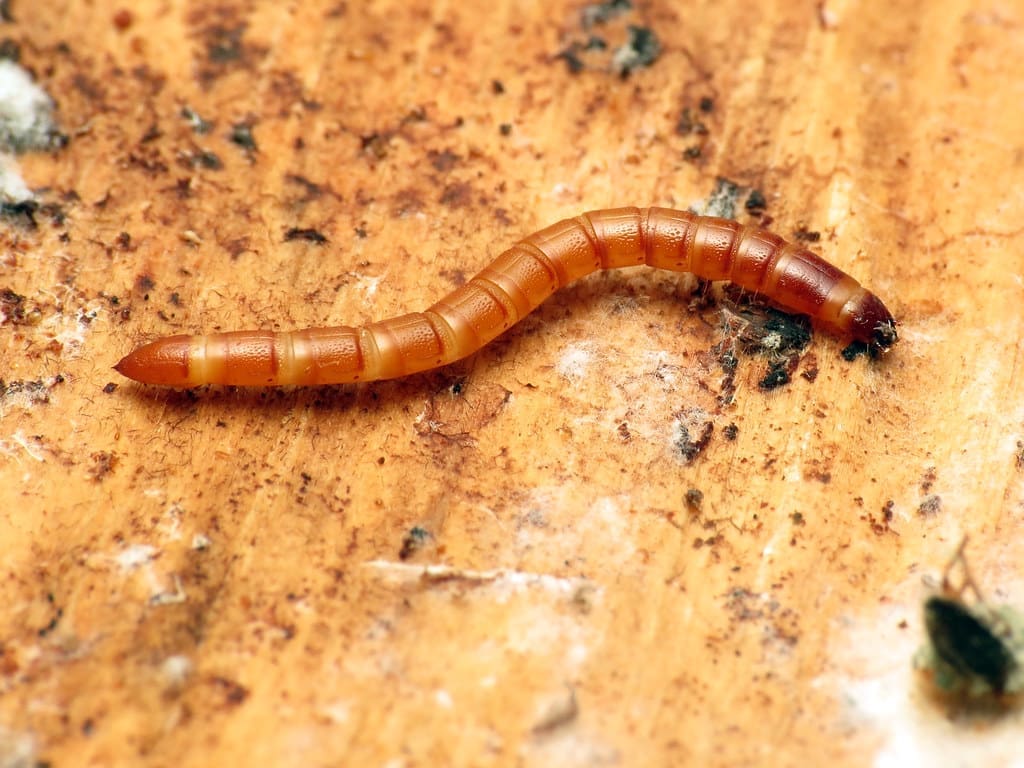As spring field activities resume, it’s important to consider early-season insects and their potential to damage seeds and seedlings. Pests like seedcorn maggots, wireworms, and white grubs feed below the soil surface, making them difficult to detect, and foliar insecticides are ineffective against them.
To mitigate risks, Ashley Dean, an education specialist for field crop entomology, and Eric Hodgson, an entomologist, say to scout for pests before planting. If pests are found, consider delaying planting until soils warm and dry or applying a soil-applied insecticide to reduce seedling injury. After planting, combine pest scouting with stand assessments. Persistent pests often remain localized within fields and may cause problems for several years.
Seedcorn maggots feed on seeds, causing plant death or weak seedlings. Infestations are often field-wide. Wireworms, the larvae of click beetles, damage seeds and roots, causing gaps in rows or stunted plants, especially in well-drained soils. White grubs, including species like Japanese beetles, feed on fine root hairs, leading to wilting and stand loss.
There are no rescue treatments for these pests, so scouting before planting is key. Fields previously in sod or pasture are at higher risk for these belowground pests.













